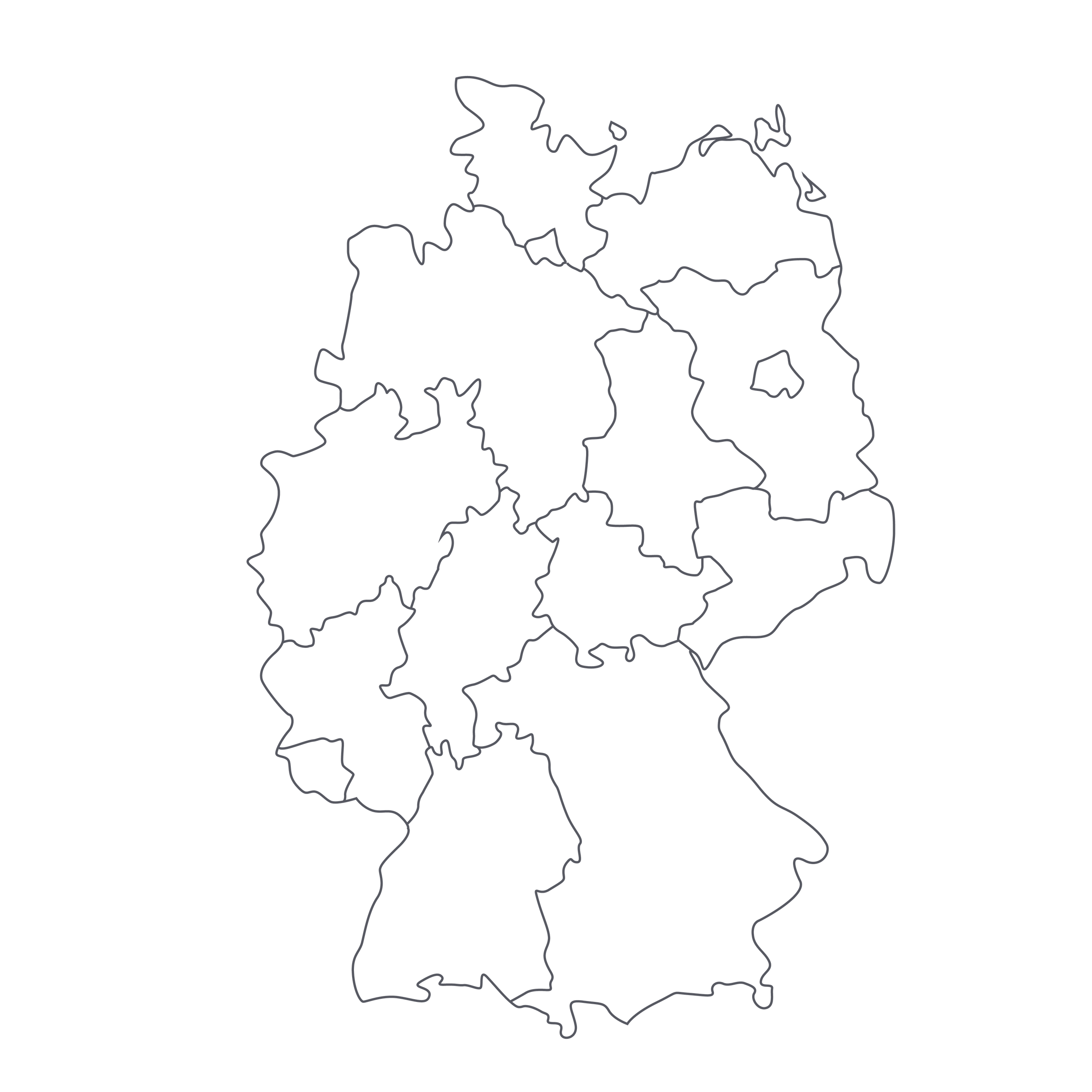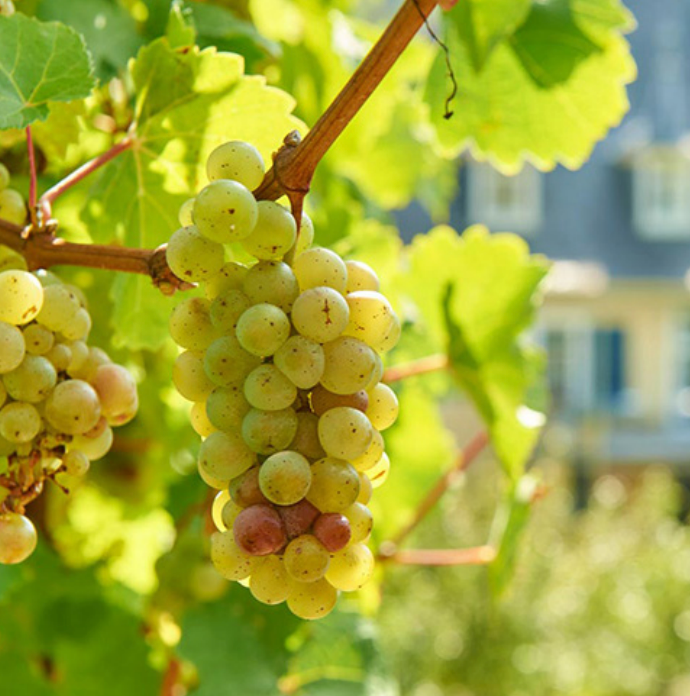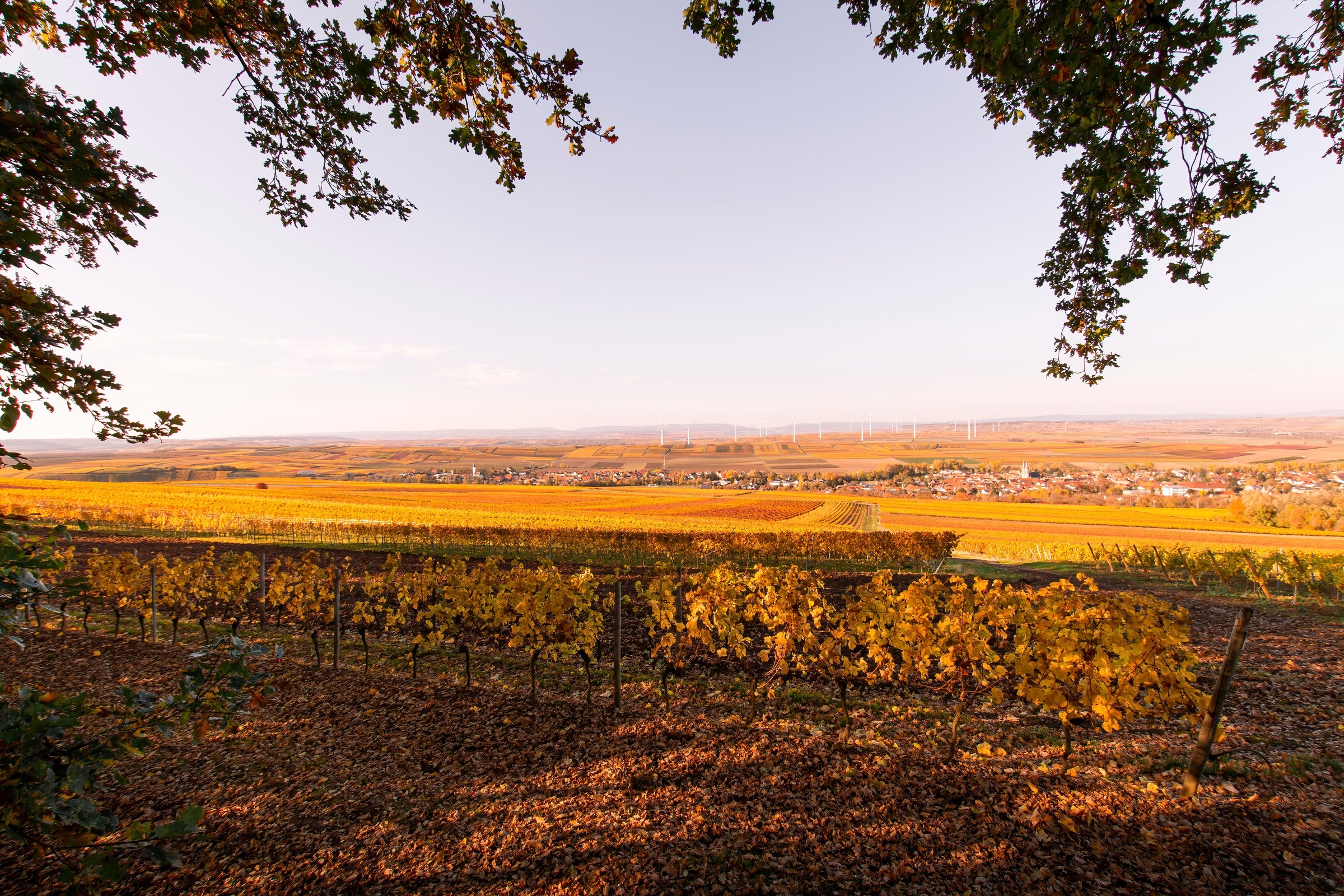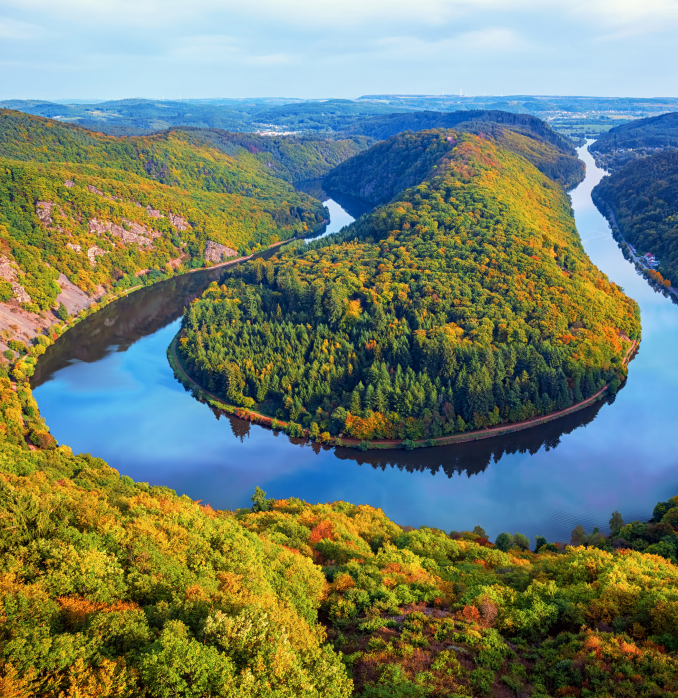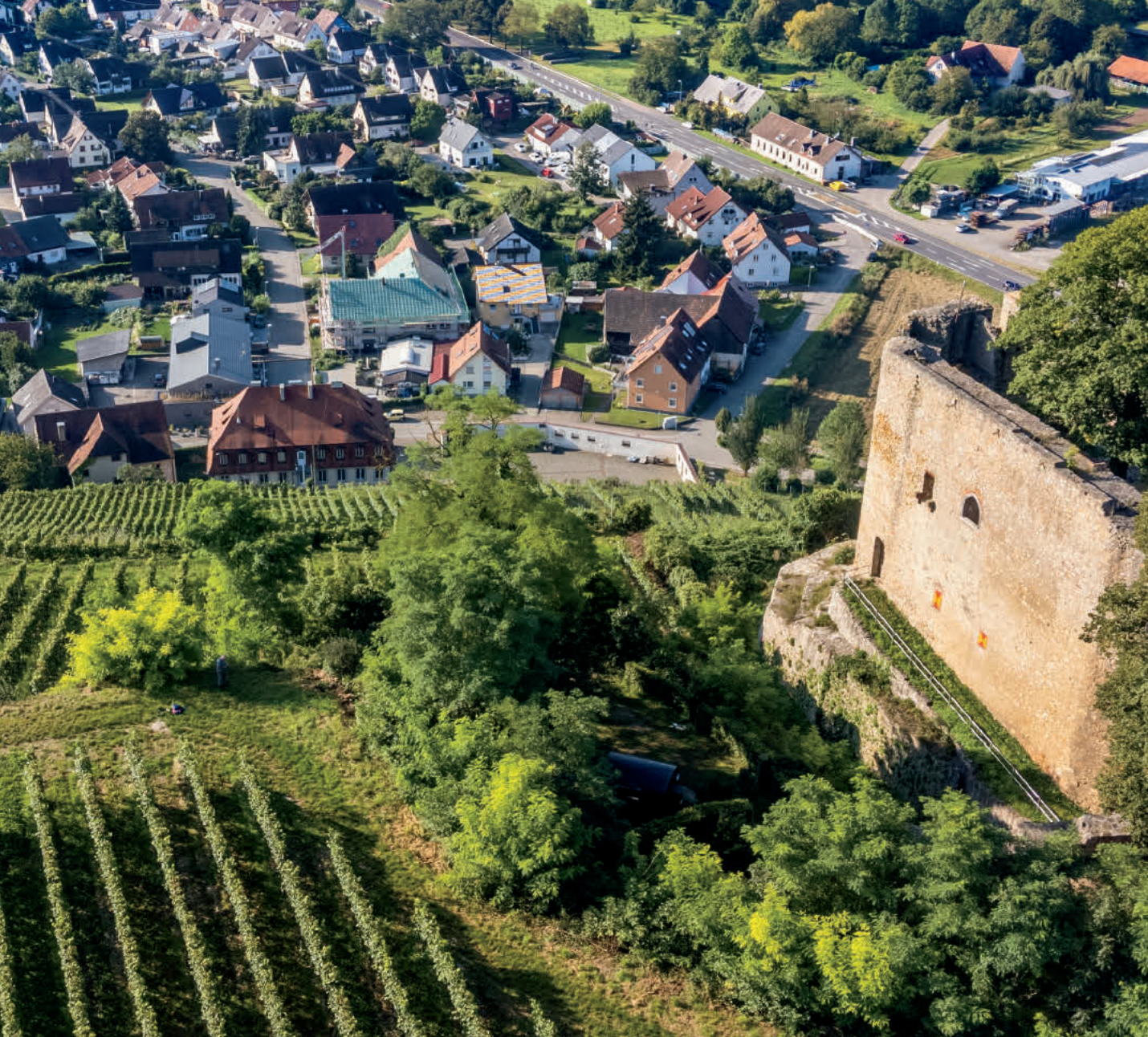Today’s wine reminds us never to judge a book by its cover. At a recent tasting this wine stopped all of us in our tracks. To get this much pleasure in a wine near $20 is rare. If you are a fan of French “Pinot” grapes, regardless of shade, chances are there’s a producer in Germany’s Baden region making a pitch-perfect version at a shockingly reasonable price.
We’ve seen it time and again with Pinot Noir, which was planted in Baden by the same monks who brought it to Burgundy, and today we’ve got a Pinot Gris—Grauer Burgunder in German—that wouldn’t be out of place across the Rhine in Alsace (although it is bone dry). Baden is distinct from most of its Rhine-adjacent counterparts farther north, and many wine lovers are surprised to learn that more than half its vineyard land is planted to members of the Pinot family; suffice it to say they know what they’re doing with these grapes, as we were mightily impressed with today’s 2016. It’s a great reminder that whether it’s Gris, Grigio, or Grau, this variety is deserving of much more respect than it typically gets. Obviously, Alsace gets most of the acclaim, but Freiherr von Gleichenstein’s interpretation is textured, aromatic, vibrantly fresh, and bone-dry—a thoroughly pleasurable and substantial white wine experience for just $24. Much like the Baden Pinot Noirs we’ve offered here, this wine is a real sleeping giant: Be the first on your block to find out for yourself!
Extending some 400 kilometers along the Rhine River, with Germany’s Black Forest to the east, Baden has a great diversity of soil types—everything from loess to limestone to the volcanic tuff of Freiherr von Gleichenstein’s home region of Kaiserstuhl. Situated at the southern end of the Baden appellation, close to the French border, the Kaiserstuhl is a warm growing zone (by German standards, anyway) situated around a large, extinct volcano. The von Gleichenstein vineyards devoted to Grauer Burgunder (“grey Burgundy”) cover about 35 hectares in their home village of Vogtsburg-Oberrotweil, in soils of decomposed tuff and layers of basalt. They use the word “density” to describe their Grauer Burgunder, and that’s borne out in the glass: there’s great texture supported by brisk, mouth-watering acidity.
First acquired by the von Gleichenstein family in 1634, the estate was a multi-purpose farm for generations until it was turned into a full-scale wine operation in 1959. Current proprietors Baron Johannes and Baroness Christina von Gleichenstein (the 11th generation) oversee the estate’s 125 acres, all of which are planted to classic Burgundy varieties, with a smattering of Muscat and Müller-Thurgau. Interestingly, there’s no Riesling to be found here—it’s all about the Pinots!
If today’s ’16 is your first experience with a Baden Grauer Burgunder, think top-quality, textured Alsace Pinot Gris without any residual sweetness. Today’s wine was hand-harvested and gently pressed to tank, where it began fermentation naturally, with ambient yeasts. It was aged on its lees (spent yeast cells) in tank for about five months before bottling, so there’s no oak component to consider here—just pure and quite-succulent fruit, underpinned by spicy volcanic minerality. In the glass, it’s a deep yellow-gold with a touch of copper, with aromas of ripe pear, yellow plum, melon, chopped nuts, orange peel, warm spices, and a hint of pepper. It leans toward medium-plus in body, its juiciness checked by a jolt of refreshing acidity. Bottled under screwcap, it benefits from a splash-decant about 15 minutes before serving in all-purpose white wine stems at 45-50 degrees. Check it out paired with a light dinner of weisswurst over a bright, fruity salad, as in the attached recipe. Pretty darn good, if I do say so!


